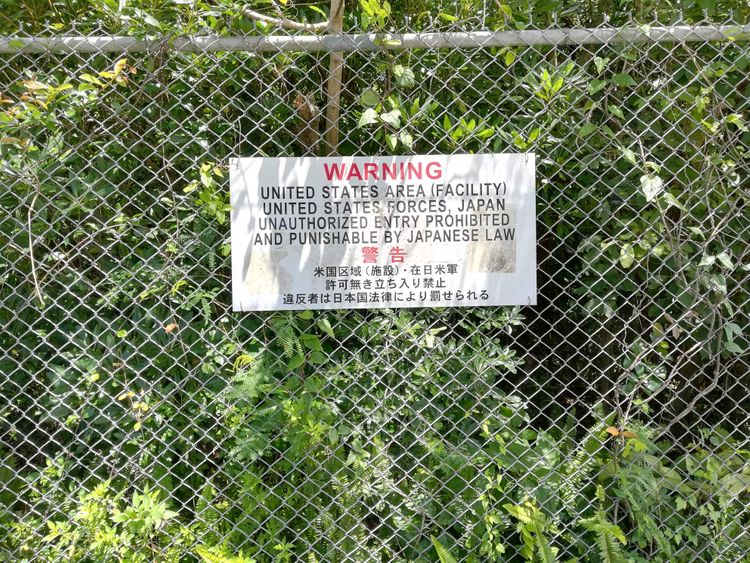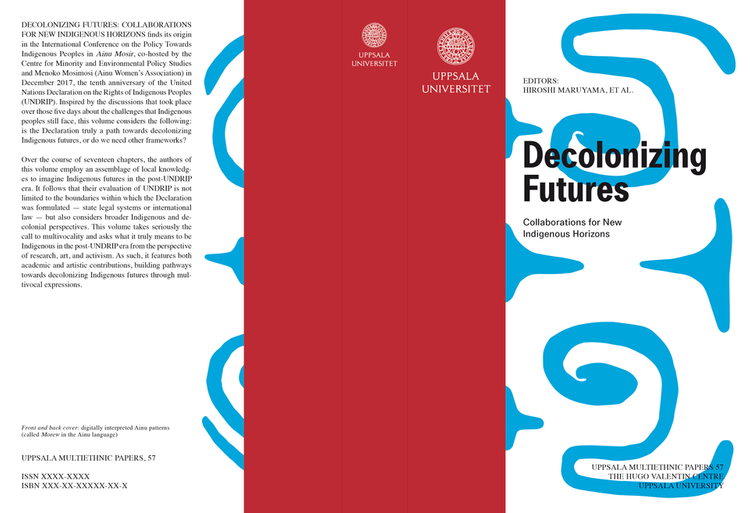Solidarity with Kimun Kamuy

We at Cemipos stand in solidarity with a five-year-old male brown bear killed on 18 June 2021 by the authorities in a residential area of Sapporo. Media reported extensively that he hurt four people, but ignored that more than a hundred of police officers and dozens of journalists pursued him for eight hours by car and helicopter, panicking the bear into a frenzy.
Brown bears are considered to be so cautious and defensive as to hardly attack humans unless they are provoked or attacked. Why did the authorities jump to the conclusion that the bear should be immediately eliminated? Why did they not have a plan B, for example, shooting him with an anesthetic gun to send him back home to the mountainous area?
According to the IUCN Red List of Threatened Species (2016), Hokkaido is home to an estimated 2,200–6,500 brown bears, with an increasing population and expanding distribution. The brown bear population on Hokkaido is categorized as “Least Concern” in the Red List. Based on the concept of biodiversity conservation, the current management plan of brown bears designed and adopted by the Hokkaido Prefectural Government restricts the aim of killing brown bears to those who harm agricultural/marine products or humans to prevent further harms. A recent survey published by the Hokkaido Prefectural Government (2015, 29) shows that the number of killed brown bears has increased in the last three decades from 89 in 1990 to 596 in 2015, while that of hunted brown bears in the hunting season has been stable at around 100. However, the management plan does not refer to the way that the urban planning, river management, and agricultural and forest policies should prevent the conflicts between humans and brown bears instead of how to respond to them. Additionally, the Hokkaido Prefectural Government is planning to extend the hunting season to plant a sense of danger against humans in brown bears (Asahi Shimbun 2020).
We call on the Hokkaido government and the municipality of Sapporo to review their measures to cope with those brown bears coming down to the urban area from the mountainous area by mistake. One mistake is not worth of the consequent fatal destiny for brown bears, which the Ainu call Kimun Kamuy.
Kimun means “mountain”, and Kamuy means “god”. The Ainu, who have lived in Ainu Mosir (land), including Hokkaido, Sakhalin, and the Kuril Islands, from time immemorial, used to regard the brown bear with reverence as a god in the mountains. The Ainu have had empirical wisdom and traditional ecological knowledge to sustain their reciprocal relationship with wildlife, including brown bears.
Ethnic Japanese have marginalized the Ainu and exploited nature and culture that the Ainu have embraced, inter alia, since the adoption of the assimilationist policy under settler colonialism in the late 19th century. As a result, the Hokkaido wolf was exterminated, while, fortunately, the brown bear has survived. At present, the importance of the reciprocal relationship between humans and nature is scientifically recognized through the concept of biodiversity conservation, which was already encapsulated in Indigenous peoples’ traditional ecological knowledge.




